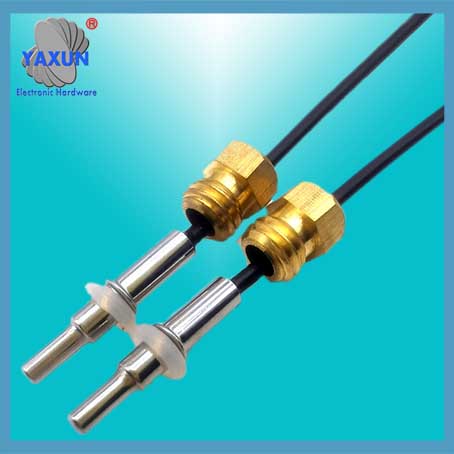제품 카테고리
- 온도 퓨즈 32
- 표면 마운트 퓨즈 12
- 서미스터 36
- PCB 마운트 퓨즈 홀더 27
- 배선 하니스 6
- 블레이드 퓨즈 홀더 17
- 온도 조절기 50
- 전기 퓨즈 24
- 자동차 온도 센서 7
- 열 회로 차단기 22
- 퓨즈 박스 홀더 36
- 온도 센서 75
- 열 스위치 68
- 자동차 퓨즈 20
- 퓨즈를 볼트로 낮추십시오 8
제품 태그
전기 제품용 서미스터 온도 센서
모두가 알고 있듯이, 소형가전 , 인기 있는 가정용 주방용품으로, 난방 기능뿐만 아니라, 뿐만 아니라 많은 자동 기능도 가지고 있습니다. 예를 들어, 자동 보온, 자동 끓는 물, 자동 밥 짓기, 자동 국물 요리 및 기타 기능. 이러한 모든 자동 기능을 실현하려면 소형 가전제품이 온도를 정확하게 측정하고 제어할 수 있어야 합니다.. 기존 소형가전은 주로 온도 측정을 위해 온도 센서를 사용합니다.. 와 같은:
모두가 알고 있듯이, 소형가전 , 인기 있는 가정용 주방용품으로, 난방 기능뿐만 아니라, 뿐만 아니라 많은 자동 기능도 가지고 있습니다. 예를 들어, 자동 보온, 자동 끓는 물, 자동 밥 짓기, 자동 국물 요리 및 기타 기능. 이러한 모든 자동 기능을 실현하려면 소형 가전제품이 온도를 정확하게 측정하고 제어할 수 있어야 합니다.. 기존 소형가전은 주로 온도 측정을 위해 온도 센서를 사용합니다.. 와 같은:
As shown in FIG. 1, it is a schematic structural diagram of a conventional Small appliances temperature sensor having a probe 2 for contacting the Small appliances panel 1. 프로브 2 is a thermal sensitive device such as a thermal resistor. A rubber seat 3 made of a heat-insulating material fixes the probe 2 on the top. 그 다음에, the rubber base 3 is installed in the center of the Small appliances panel 1, so that the probe 2 is fully in contact with the Small appliances panel 1, and the lead 4 is also led out of the probe 2. The temperature signal is transmitted to the microprocessor of the Small appliances by the lead wire 4 for further processing. With this Small appliances temperature sensor, since the area of the probe 2 is limited, the contact area with the Small appliances panel 1 is also limited. 게다가, since the shape of the contact portion of the induction cooktop plate 1 and the probe 2 may be uneven, it is not possible to guarantee complete contact between the two. 게다가, as the rubber base 3 ages during use, the possibility of incomplete contact increases, which causes the temperature measured by the probe 2 to be inconsistent with the actual temperature of the Small appliances panel 1, thereby affecting the use of the Small appliances.
The temperature sensor on the Small appliances is actually a semiconductor thermistor with a negative temperature coefficient. The resistance value will decrease as the temperature itself rises, and the temperature will rise, and the voltage across the resistance will change through the change in resistance. If it is not connected, the Small appliances will cause an alarm and it will be dangerous.
일반적으로, two types of resistors with the same specifications are used inside the Small appliances: One detects the furnace surface temperature, One detects the operating temperature of IBGT. When you open the top cover on the Small appliances, there is a circular element in the center of the base, which is the temperature sensor for the Small appliances.
The temperature control of the Small appliances is transmitted to the IC chip and converted to a temperature value according to the resistance value of the thermistor. In order to meet the different temperature heating methods. The other temperature sensor is fixed on the heat sink aluminum plate or squeezes the power tube. 물론, some temperature sensors are installed on the circuit board near the heat-dissipating aluminum plate, which looks the same as the middle under the panel.
Common troubleshooting methods of Small appliances:
1. The fan does not turn: Check the fan power supply and check whether the voltage at the 18V switching power supply is normal.
2. The fan has noise or rotates: Check if the CPU's crystal welding position is correct, and whether the pads are de-soldered.
3. Power is not adjustable: Check whether the CPU works normally (measure the voltage of the relevant pins), and see if the potentiometer (VR) on the motherboard that regulates the current is normal.
4. Start without heating: Check whether the temperature-sensitive thermistor is short-circuited, check whether the inductor L3 is soldered or damaged, and check whether multiple high-power resistors on the motherboard are damaged.
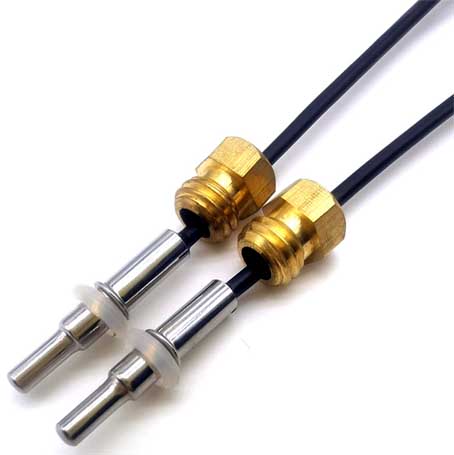
SEMITEC thermistor chip probe
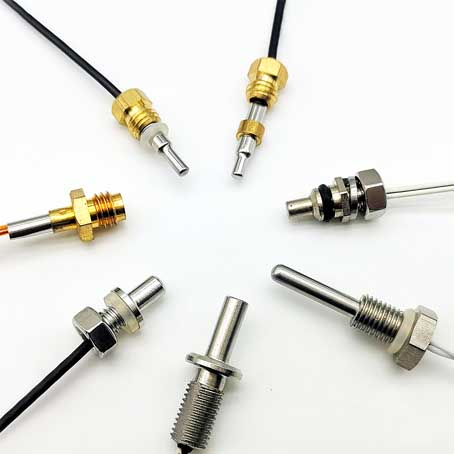
Custom Shibaura thermistor sensor probe and cable
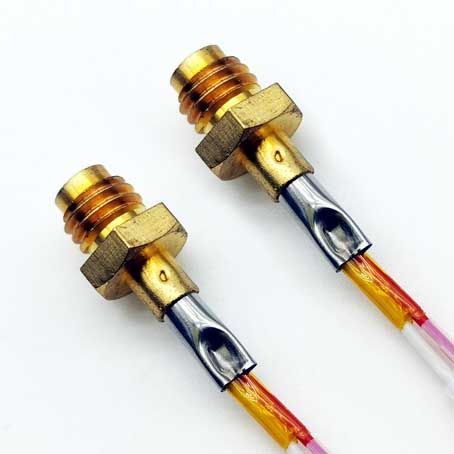
TDK Thermistor Sensor Probes and Cables
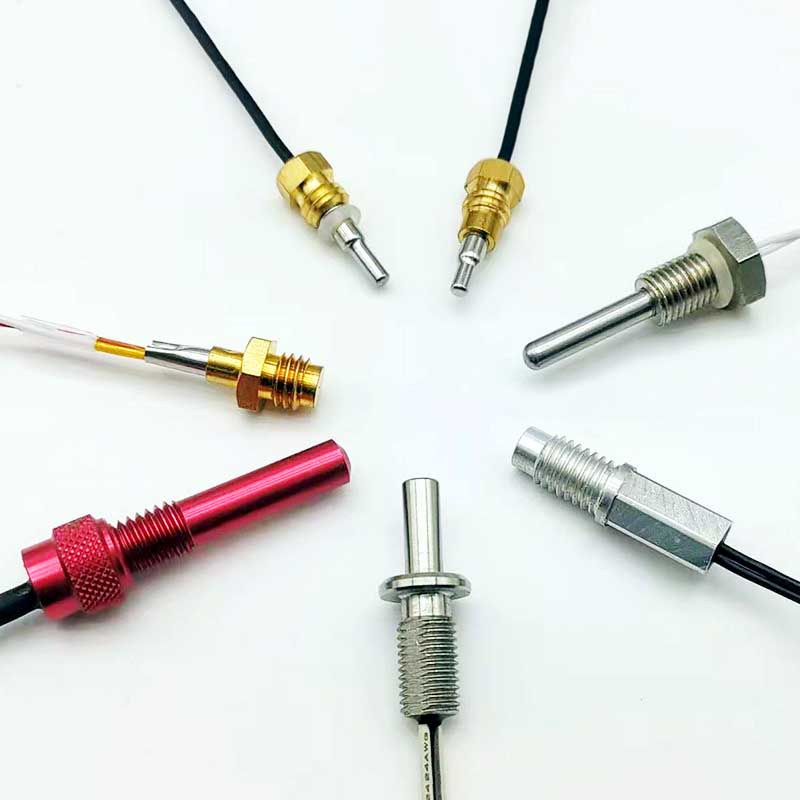
가전제품용 NTC 센서 프로브 및 케이블
문의하기
이메일을 기다리는 중, 이내에 답변해 드리겠습니다. 12 필요한 귀중한 정보를 몇 시간 동안.
 English
English Afrikaans
Afrikaans العربية
العربية বাংলা
বাংলা bosanski jezik
bosanski jezik Български
Български Català
Català 粤语
粤语 中文(简体)
中文(简体) 中文(漢字)
中文(漢字) Hrvatski
Hrvatski Čeština
Čeština Nederlands
Nederlands Eesti keel
Eesti keel Suomi
Suomi Français
Français Deutsch
Deutsch Ελληνικά
Ελληνικά हिन्दी; हिंदी
हिन्दी; हिंदी Magyar
Magyar Bahasa Indonesia
Bahasa Indonesia Italiano
Italiano 日本語
日本語 한국어
한국어 Latviešu valoda
Latviešu valoda Lietuvių kalba
Lietuvių kalba македонски јазик
македонски јазик Bahasa Melayu
Bahasa Melayu Norsk
Norsk پارسی
پارسی Polski
Polski Português
Português Română
Română Русский
Русский Cрпски језик
Cрпски језик Slovenčina
Slovenčina Slovenščina
Slovenščina Español
Español Svenska
Svenska ภาษาไทย
ภาษาไทย Türkçe
Türkçe Українська
Українська اردو
اردو Tiếng Việt
Tiếng Việt
